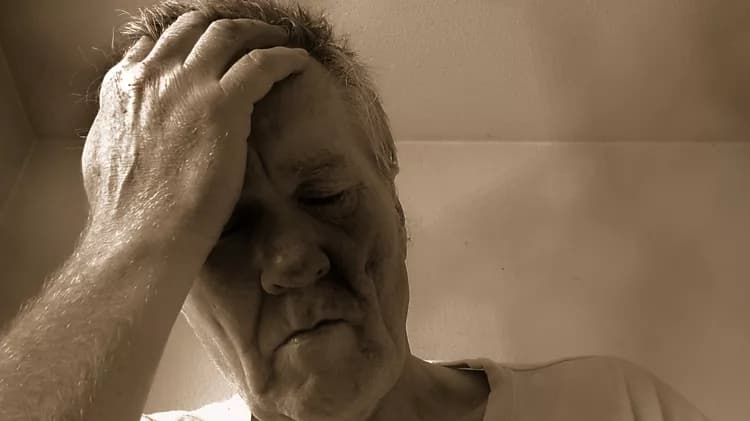What is Headache?
- A Headache is a pain that is localized to the head. It is a very common condition, especially in adults
- There are several types described, such as tension and migraine Headaches. In most cases, the pain may be treated through over-the-counter painkillers and adequate rest
What are the Causes of Headache?
A Headache may be caused due to:
- Stress, anxiety, or depression
- Insomnia; inadequate sleep
- Excessive consumption of alcohol
- Infrequent meals
- Dehydration
- Migraine or sinus infection
- Cluster or tension headache
- High blood pressure
Rarely, it may be caused by serious conditions, such as meningitis, swelling of brain tissue, malaria, aneurysm, stroke, or a tumor in the brain.
What are the Signs and Symptoms of Headache?
A Headache may be accompanied by the following signs and symptoms:
- Pain in the head, which may be in the forehead, behind the eyes, on oneside, may radiate to the neck or face. It can be of various types, like dull, throbbing, stabbing, or burning; it may also be constant or intermittent
- Nausea and/or vomiting
- Feeling anxious or stressed
- Could be associated with symptoms of cold and fever, in case of a sinus infection
- It can also have neurological signs and symptoms, if it is associated with intracranial pathology
- Vision disturbances; impaired visual acuity can cause Headaches
How is First Aid administered for Headache?
First Aid tips for Headaches include:
- Take over-the-counter pain medication, such as tylenol, aleve, or ibuprofen
- Hydrate; take plenty of fluids
- Try to relax and rest
- Wear eye glasses persistently; if you are advised to wear one
- If Headaches are frequent, record the frequency, severity, and timing of headaches and seek medical help. Also note, if there is any association to food/caffeine-intake/withdrawal etc.
Seek medical help immediately, if:
- Headache is so severe that it affects your functional capacity
- It is accompanied by high fever
- There is a head injury
- High blood pressure
- If the onset is sudden and, if the Headache is severe
- It is recurring
- It is accompanied by blurry vision, vomiting, difficulty communicating and/or moving limbs, stiff neck, confusion, and/or loss of consciousness
Who should administer First Aid for Headache?
The individual experiencing the Headache or someone near the affected person may administer First Aid.
What is the Prognosis of Headache?
The prognosis is dependent on the underlying cause of the Headache, but it is usually good.
How can Headache be Prevented?
A few helpful tips to prevent Headaches:
- Take steps to avoid/prevent/reduce stress
- Get adequate rest
- Hydrate and eat meals regularly
- Try to maintain a healthy lifestyle with plenty of exercise; avoid alcohol
What are certain Crucial Steps to be followed?
- Relax and hydrate
- Monitor frequency and severity of Headaches
- Get your eye examined, at least once a year
- Seek immediate and appropriate medical attention, if necessary (as outlined above)
Related Articles
Test Your Knowledge
Asked by users
Related Centers
Related Specialties
Related Physicians
Related Procedures
Related Resources
Join DoveHubs
and connect with fellow professionals


0 Comments
Please log in to post a comment.